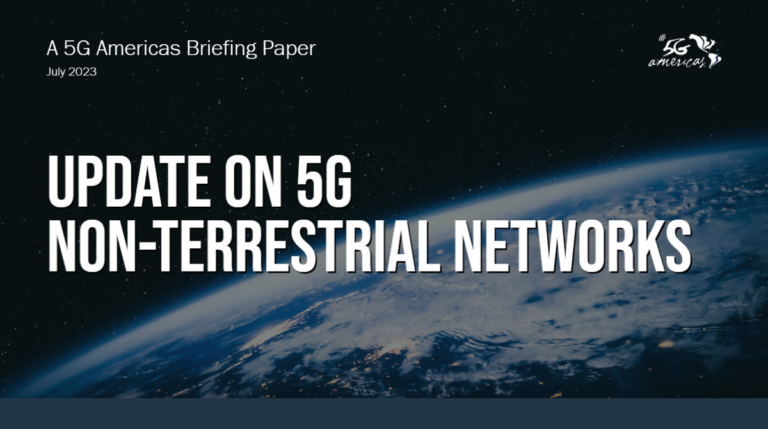As of the first half of 2023, non-terrestrial networks (NTN) are becoming a highly dynamic market with several different technical and commercial approaches. At the same time, the advent of 5G technology opens new possibilities for connecting people and devices around the world with unprecedented speed and reliability. 5G NTN is designed to provide high-speed wireless connectivity to remote and unserved areas by leveraging the access-side “space segment” of mobile networks to deliver mobile services from satellites to users on the ground. It is designed to.
Currently, broadband connectivity is already provided by several NTN operators with proprietary technology to receive broadband speeds on Ka or Ku frequencies using VSAT/dish antennas on user equipment. NTN’s deployment places the greatest emphasis on the use of GEO and LEO satellites, with GEO satellites (approximately 36,000 km altitude) being most heavily used for fixed broadband and IoT (i.e. services where latency is not critical). It’s a common approach. On the other hand, LEO-s (less than 1,000 km altitude) is more attractive due to its much shorter distance, lower latency, and better link budget.
The use of NTN technology has many potential use cases for IoT applications, especially in remote and hard-to-reach areas, providing services from both low-Earth orbit (LEO) or geostationary (GEO) satellites. can. For example, precision farming systems can leverage real-time data from sensors installed on unmanned aerial vehicles to optimize crop yields and reduce resource waste. Similarly, remote monitoring and control of critical infrastructure such as oil rigs, wind turbines, and mining sites can be done more efficiently and safely using NTN-enabled sensors and actuators.
Direct services to mobile phone devices are also emerging, offering emergency and messaging services that can be accelerated over the LEO network. 3GPP-based NTN solutions in Release 17 that use sub-2Ghz band spectrum can achieve speeds of tens of megabits per second on the downlink (although this peak speed is shared by all users within a given cell). ). There are also round-trip delays in the range of tens of milliseconds. In 3GPP Rel-18, the additional spectrum in the Ka band provides much higher speeds, on the order of hundreds of Mbps, for non-handheld devices using small satellite antennas similar to those provided by SpaceX’s Starlink service. Actual speeds will vary depending on device capabilities, spectrum utilized, load, and antenna size. In addition, NTN can also be used for disaster response and recovery efforts by providing reliable and resilient communication links to areas affected by natural disasters. In any of these scenarios, the notable outcome of satellite D2C is to extend the coverage of current and future consumer mobile phones in hard-to-reach, remote and rural areas beyond what is achievable with terrestrial networks. .
For more information on the core concepts of non-terrestrial networks, see: 5G and non-terrestrial networks.


